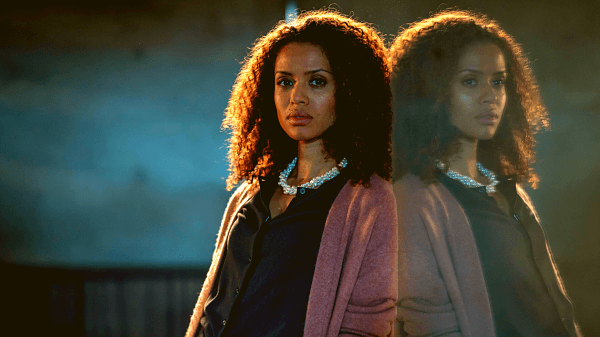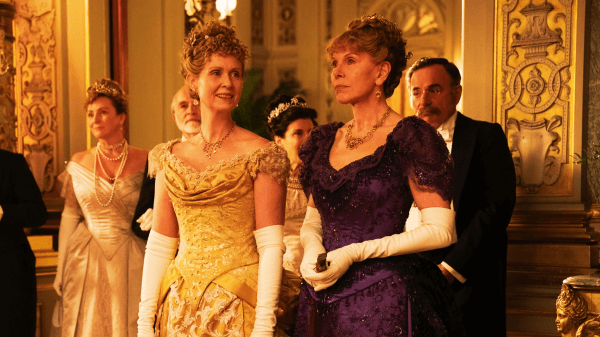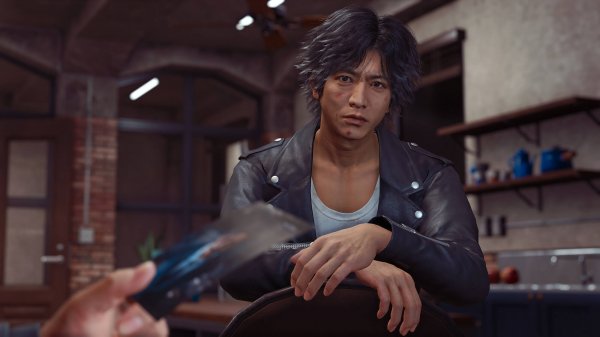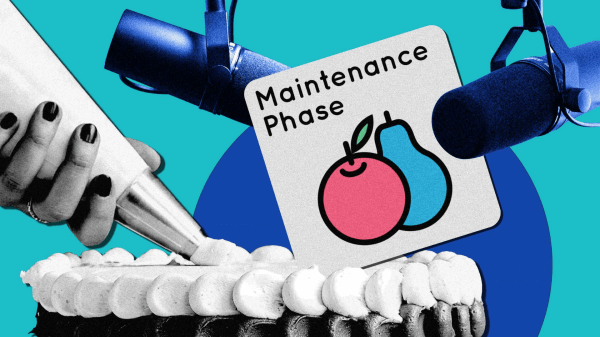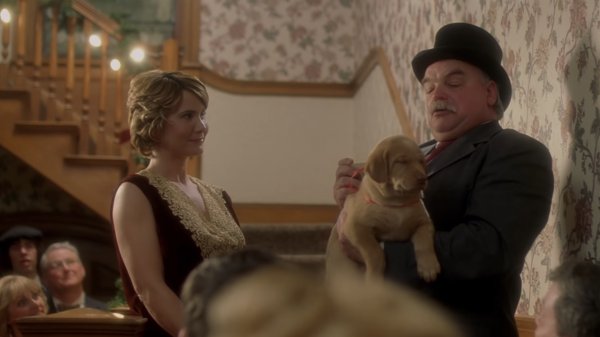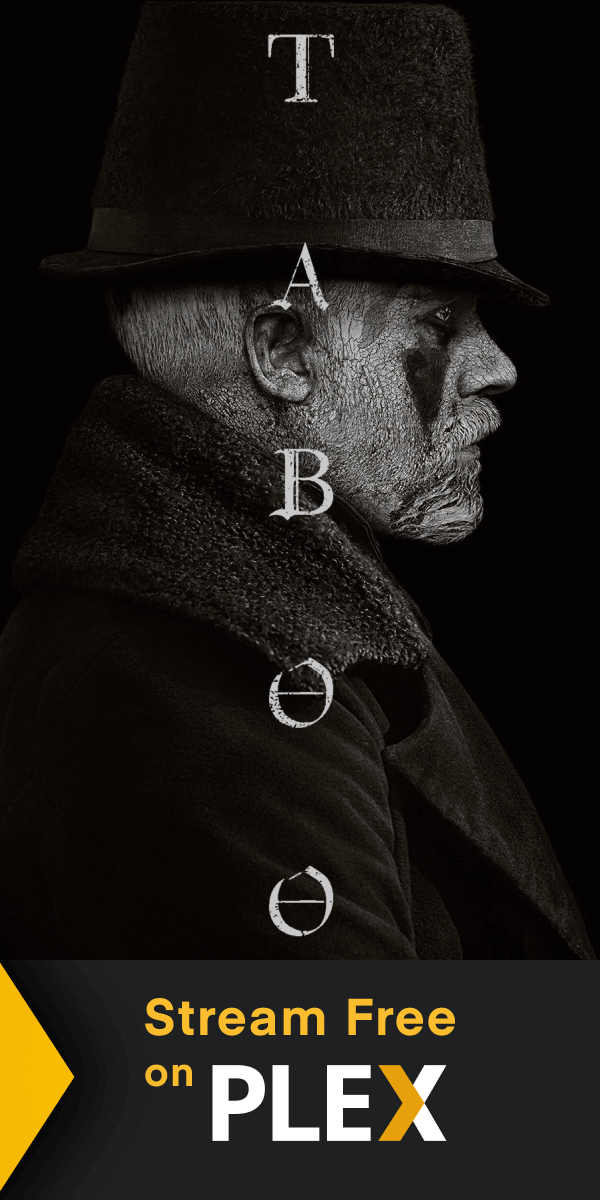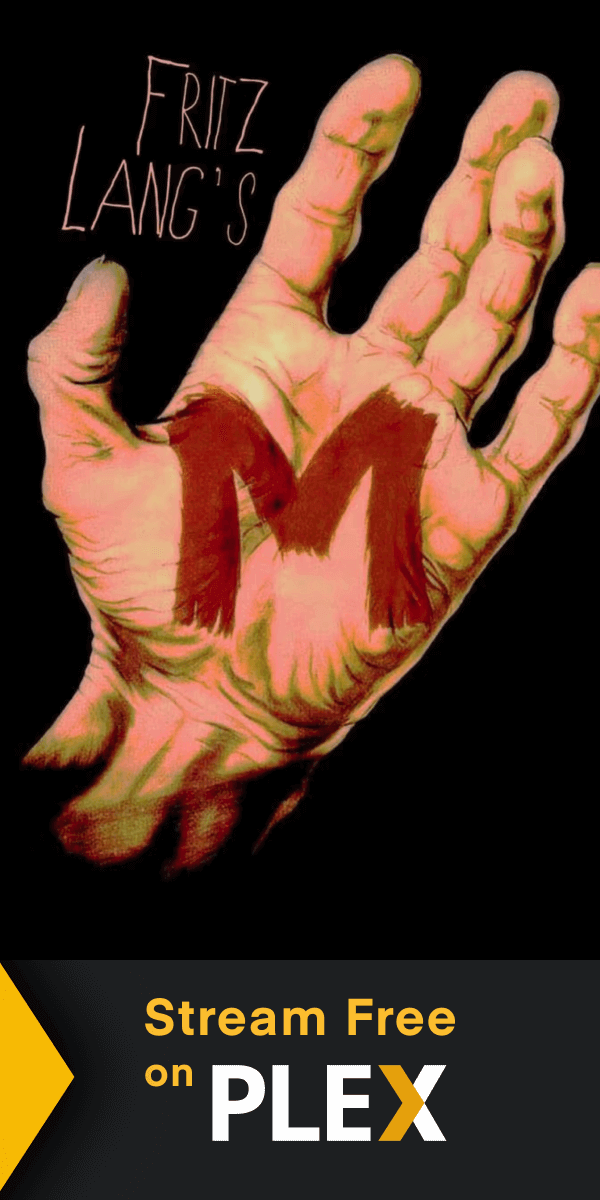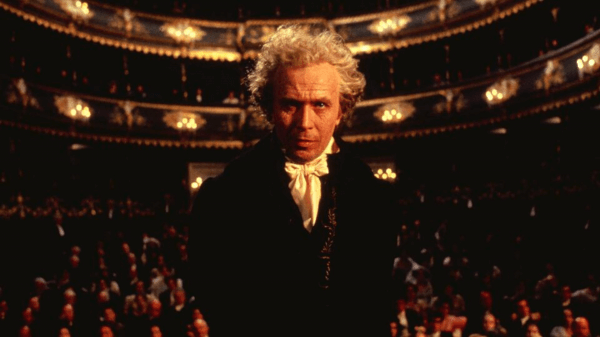Whether in comedy or tragedy, Shakespeare often conflated love and madness into one self-destructive quality.
In the comedy A Midsummer Night’s Dream, Theseus explains, “Lovers and madmen have such seething brains, such shaping fantasies that apprehend more than cool reason ever comprehends.”
Then on the more tragic end, you have Hamlet’s Ophelia, a lady in waiting and the object of the prince’s affection who loses everything. In Shakespeare’s greatest work, Ophelia is perhaps his greatest victim.
The man she loves appears to lose his grip on sanity, condemning her to “get thee to a nunnery” and later murdering her father. In retaliation, her brother swears revenge against Hamlet. By the end, Ophelia loses her family, the man she loves, her sanity, and the life she may have once imagined for herself as queen.
Of course, the most well known scene from Hamlet is the “To be or not to be” soliloquy, but my favorite scene is what follows right after. For me, it’s a split second in this scene where any potential happy future for Hamlet and Ophelia falls apart due to his selfish revenge quest.
This might be my favorite moment in all of theater. Here’s Kenneth Branagh and Kate Winslet in the “Get thee to a nunnery” scene acting at a power level of 9,000.
So how can moments like this be reimagined in a way that restores the agency of Ophelia and contrasts the idea that she is destined to fall prey to love and madness? The answer is on full display in Claire McCarthy’s Ophelia.
A reimagining of Hamlet, Ophelia is a mix of Jean Rhys’s Wide Sargasso Sea and Tom Stoppard’s Rosencrantz and Guildenstern Are Dead. We see the moments in between Hamlet’s scenes that provide the play’s female characters fully fleshed-out backstories.
Ophelia (Daisy Ridley) becomes central to Hamlet’s revelations surrounding his father’s murder. She navigates the royal court, outsmarts her antagonists, and provides Hamlet with one final opportunity at a happy ending. Not that he deserves one.
Throughout Ophelia, these familiar characters are exposed to a host of new romances and betrayals. Since it’s Shakespeare, everyone is constantly poisoning others and themselves. Everyone’s favorite pastime is eavesdropping. The dialogue manages to avoid directly aping Shakespearean oldspeak, while maintaining its musicality and wit.
Without too much nudge, nudge, wink, wink to the camera, Ophelia rewards those familiar with the original play. There are several subtle nods and in-jokes early on that will have you *Leonardo DiCaprio pointing gif*.

Also, the film begins prior to the events of the play, so you get the one thing I’d never expect to see: happy Hamlet. Yep, literature’s original e-boy gets to smile and laugh and joke around before suiting up in all black and putting on an antic disposition for the remainder of the film. Appropriately, this portion of the film doesn’t go on too long.

In fact, all the scenes and plot points that the film introduces to the original work are interwoven in a tasteful and natural way. No sore thumbs to stick out here. We know how Shakespeare felt about sore thumbs.
One interesting thing about Ophelia is how it expands on the themes of sexuality in the original play. It’s a very saucy movie early on. Everyone has a bit of the horn for one another, as ol’ Willy Shakes would say.
You still have the weird Oedipal thing between Hamlet and his mom, but in the movie, Queen Gertrude (Naomi Watts) also gets to have extended interactions with the young lady who has caught her son’s eye. This is an interesting dynamic.

With a female-fronted focus, Ophelia also offers a new perspective on the play’s depiction of women. After believing he has been betrayed by Ophelia and realizing that his mother has joined his father’s killer “in the rank sweat of an enseamed bed, stewed in corruption, honeying, and making love,” Hamlet seemingly condemns all women as wanton and duplicitous.
“I have heard of your paintings well enough. God hath given you one face and you make yourselves another,” he tells Ophelia.
Through this lens, Ophelia examines how women are perceived as sexual objects, while simultaneously being saddled with the yoke of “purity.” It’s a difficult trap to navigate, especially for a young woman. And even the most abstinent aren’t saved from being called a whore. As Hamlet would say, “Be thou chaste as ice, as pure as snow, thou shalt not escape calumny. Get thee to a nunnery.”
But while examining these themes, Ophelia manages to expand the character beyond all that. Her character grows into the closest thing to an actual hero to be found in Hamlet. Other than literature’s greatest wingman, Horatio.
In Ophelia, the nunnery doesn’t represent a place to banish the character lest she become another breeder of sinners. Instead it represents her escape from a crumbling kingdom brought down by men’s obsessions with power and revenge.
More on Plex:
Hamlet, Son of a Kingpin
...









